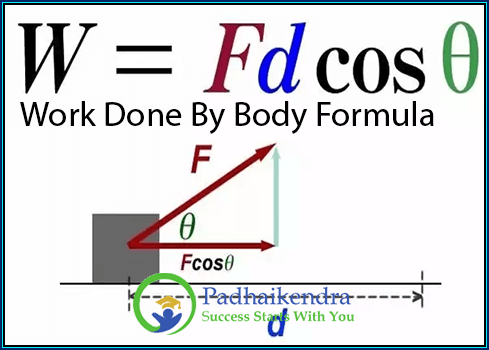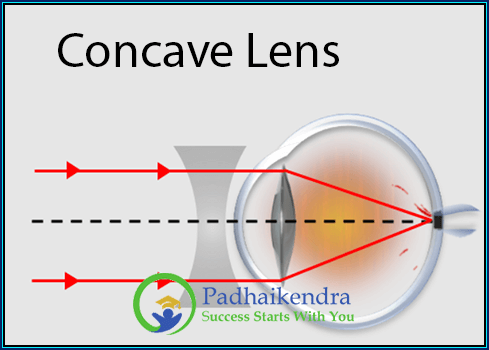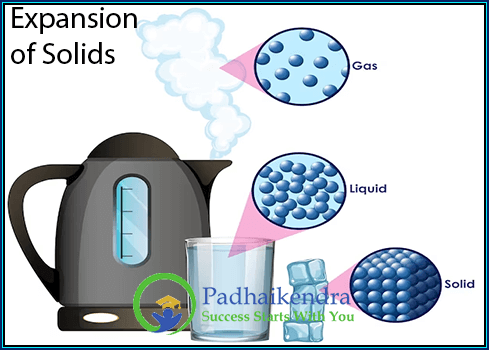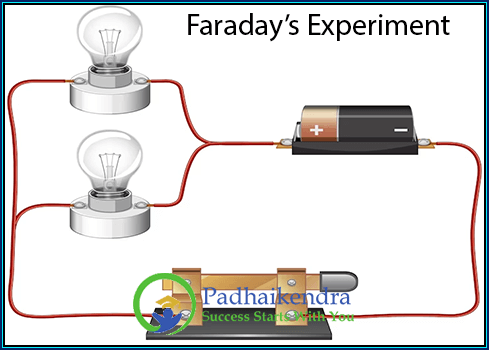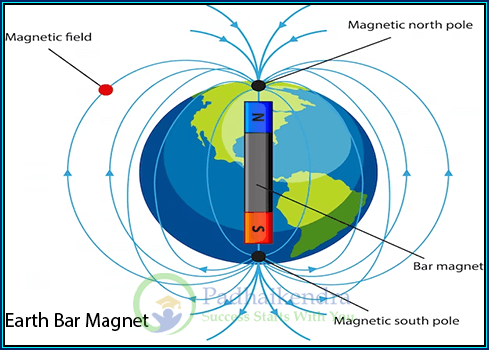Why Do Substances Expand on Heating?
Why Do Substances Expand on Heating? At a basic level, most substances expand when they are heated due to the increase in the energy of their particles, be they atoms, molecules, or ions. Substances expand when heated due to an increase in the kinetic energy of their constituent particles (atoms, molecules, or ions). As heat …



